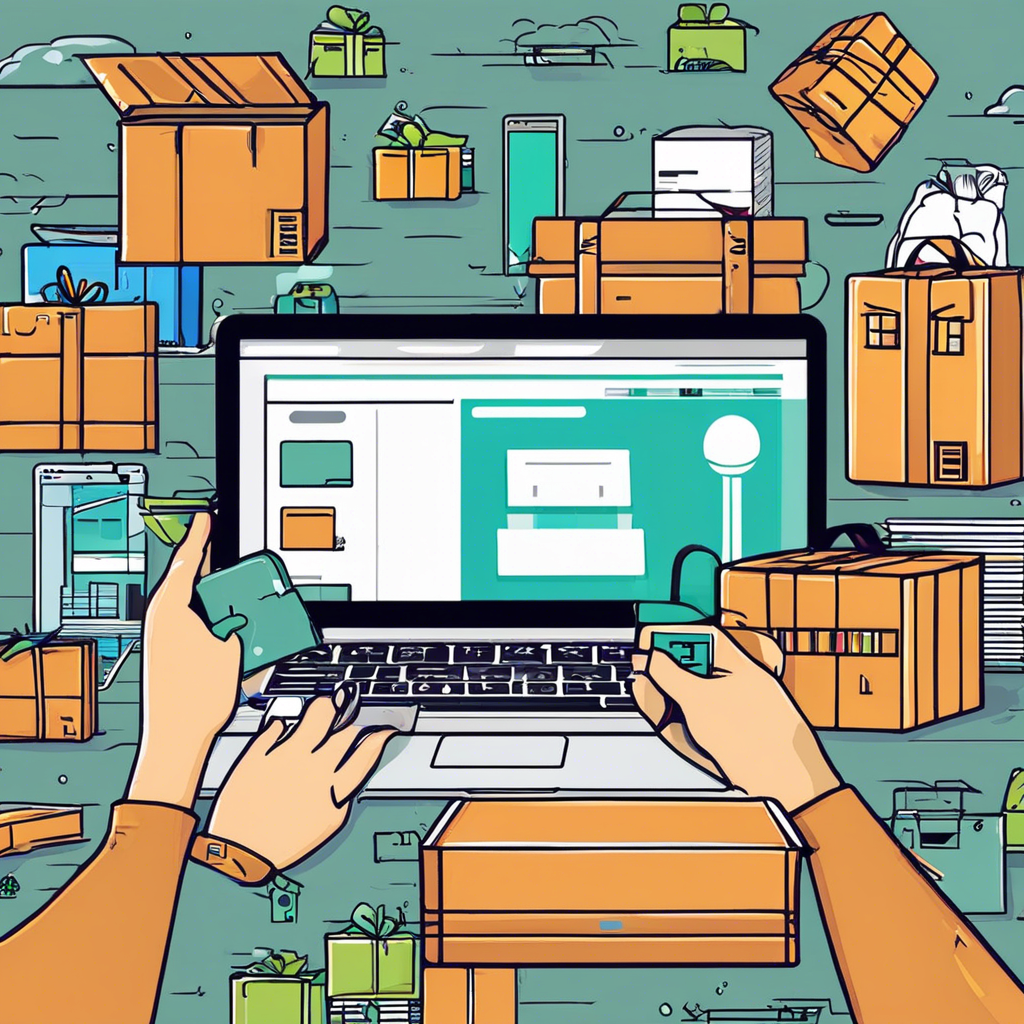Dropshipping vs. Traditional E-commerce: Which One Is Better?
When it comes to starting an online retail business, entrepreneurs are often faced with the decision of choosing between dropshipping and traditional e-commerce models. Both approaches have their advantages and drawbacks, making it essential for business owners to understand the differences before making a decision. In this article, we will delve into the intricacies of dropshipping and traditional e-commerce, comparing the two to determine which one is better suited for your online store.
Dropshipping: A Closer Look
**Dropshipping** is a retail fulfillment method where a store doesn’t keep the products it sells in stock. Instead, when a store sells a product, it purchases the item from a third party and has it shipped directly to the customer. This means that the store owner doesn’t have to handle the product directly, making it a convenient option for those looking to start an online business with minimal investment.
Advantages of Dropshipping
- Low initial investment
- Wide product selection
- Flexibility in location
Relevant External Links:
**Traditional E-commerce: An Overview**
**Traditional e-commerce**, on the other hand, involves purchasing inventory in bulk upfront and managing the storage, packaging, and shipping of products. This model requires more significant initial investment and operational work, but it also offers greater control over the products and customer experience.
**Advantages of Traditional E-commerce**
- Control over product quality
- Higher profit margins
- Brand customization
In the **dropshipping vs. traditional e-commerce** debate, the choice ultimately depends on your business goals, budget, and level of involvement in the supply chain. While dropshipping offers convenience and low entry barriers, traditional e-commerce provides more control and potential for higher profits. Consider your priorities and resources before deciding on the most suitable model for your online store.
Frequently Asked Questions about Dropshipping and Traditional E-commerce
Q: Can I switch from dropshipping to traditional e-commerce later on?
A: Yes, many businesses transition from dropshipping to holding inventory as they scale and establish their brand presence.
Q: Which model is more cost-effective in the long run?
A: The cost-effectiveness of each model depends on factors such as order volume, product types, and operational efficiency.
**Conclusion**
When weighing the pros and cons of **dropshipping vs. traditional e-commerce**, it’s essential to consider your business objectives, financial resources, and operational capabilities. While dropshipping offers a low-risk entry into online retail, traditional e-commerce provides greater control and potential for scalability. Ultimately, the best choice depends on your specific circumstances and long-term goals for your online store.

